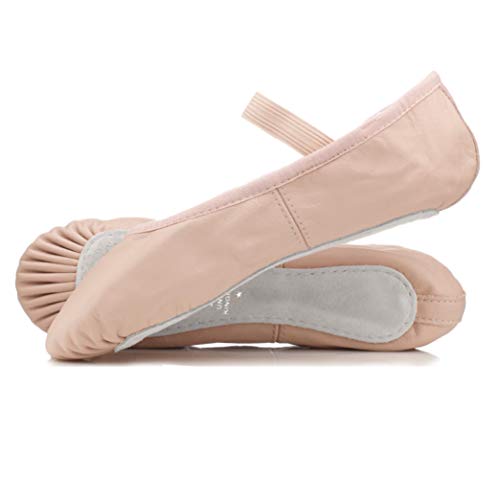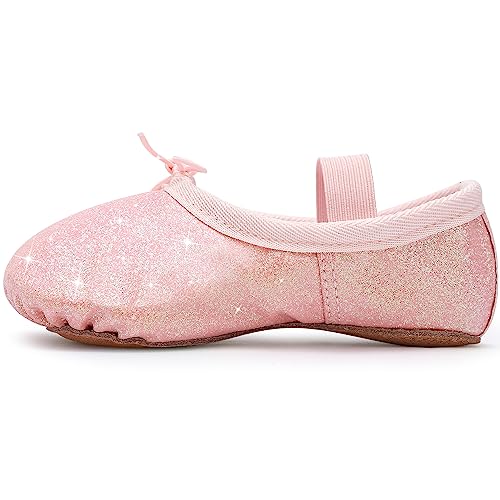Understanding Ballet Shoe Terminology
Before choosing a color for your ballet shoes, it’s important to understand the different terminology and styles available. The most common types of ballet shoes are split sole, full sole, and convertible. Split sole shoes have a separate sole for the heel and ball of the foot, while full sole shoes have a continuous sole that covers the entire foot. Convertible shoes have a strap that allows you to switch between having an open toe and a closed toe.
Consider the Style of Your Dance Outfit
The color of your ballet shoes should complement your overall dance outfit. If you have a traditional ballet costume that incorporates pink, white, or black, it’s best to choose ballet shoes in a matching color. If you’re dancing in a more contemporary piece or have a non-traditional outfit, you can choose a bolder color that complements the colors in your outfit. Just make sure to avoid clashing colors that distract from your performance.
Pink Ballet Shoes for Traditionalists
For classical ballet performances, the traditional choice is a pale pink ballet shoe. The pink color is designed to blend in with the dancer’s tights, creating a seamless line from the leg to the foot. Pink is also a popular choice for ballet students, as it helps them to look and feel like a “real” ballerina. For pink ballet shoes, you can choose between shades that range from barely-there nude pink to vibrant hot pink.
Black Ballet Shoes for Modern Dancers
If you’re performing a contemporary or modern dance piece, black ballet shoes can be a chic and stylish choice. Black shoes work well with a wide variety of outfits and can help to create a dramatic, edgy effect. Just keep in mind that black shoes may not be the best choice for more traditional ballet performances or for dancers who are just starting out.
Bold Colors for Expressive Pieces
If you’re performing a dance piece that is more abstract or expressive, you may want to choose a ballet shoe in a bold color that complements your outfit or helps to express your emotions. Bright red, royal blue, or even metallic gold or silver can make a statement on stage. Just make sure that the color you choose doesn’t clash with the rest of your outfit and that it doesn’t distract from your performance.






